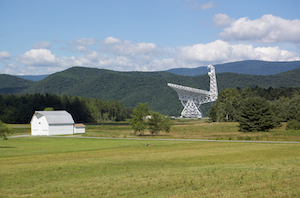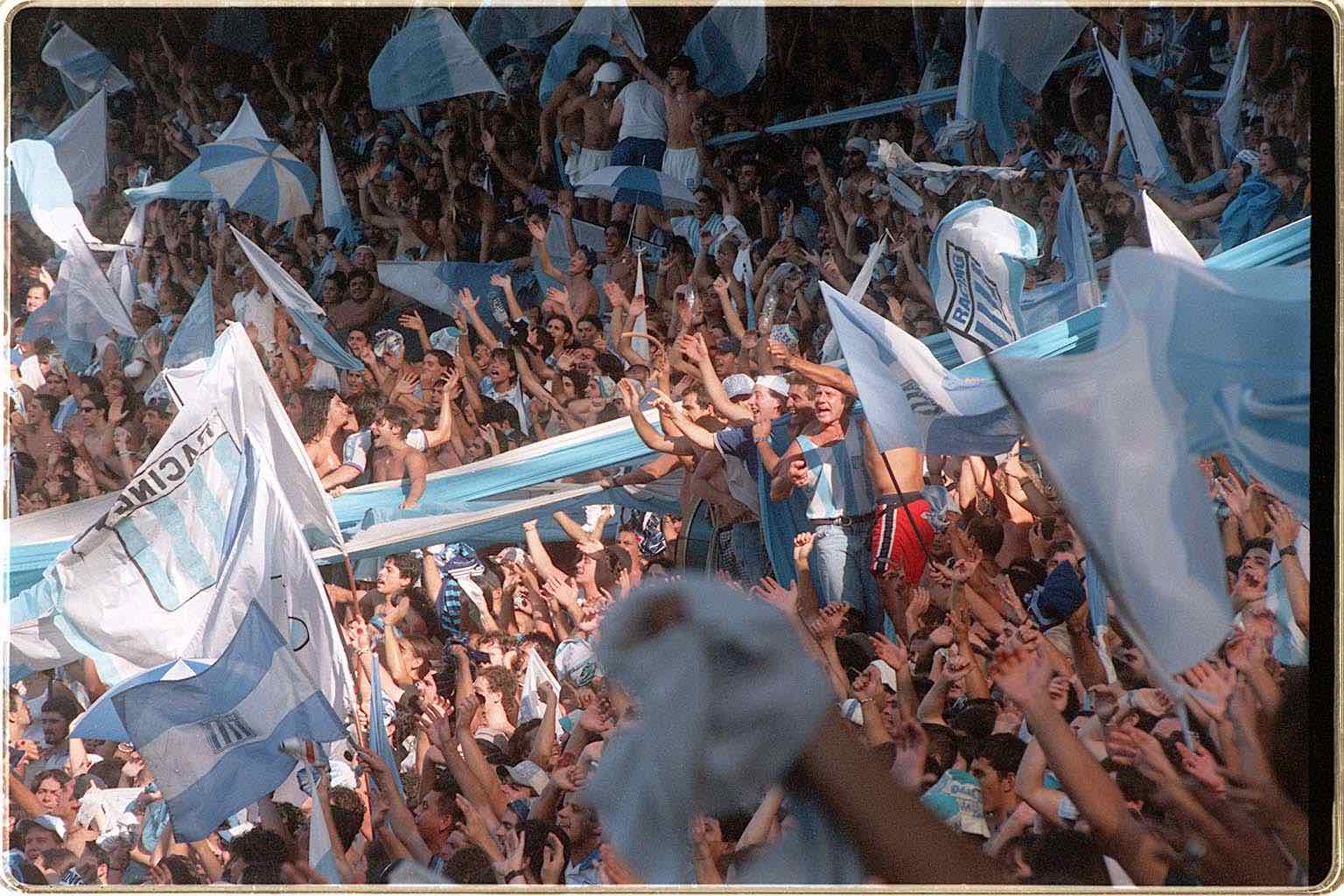
Audio Ethnographies of Water from Latin America: Introduction
Inspired by Feld’s (2015) work on sound, in this collection of essays, we bring five ethnographers from Latin America to think about their research through the sounds of their respective field sites. The exercise we propose here borrows Feld’s concept of ‘acoustemology’ to help frame our approach towards the aural dimensions of a place: Acoustemology conjoins ‘acoustics’ and ‘epistemology’ to theorize sound as a way of knowing. In doing so, it inquires into what is knowable and how it becomes known through sounding and listening. Acoustemology begins with acoustics to ask how the dynamism of sound’s physical energy indexes its social immediacy. It asks how the physicality of sound is so instantly and forcefully present to experience and experiencers, to interpreters and interpretations. (p. 12) (read more...)







